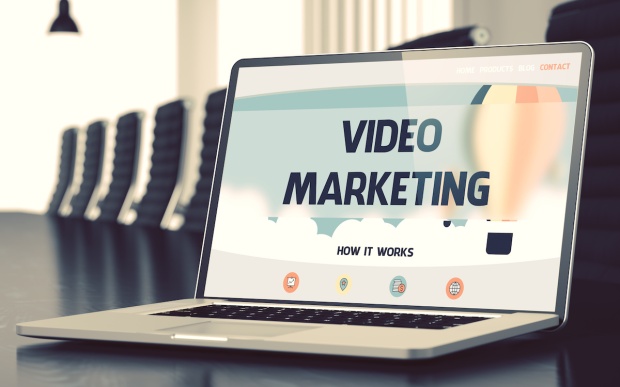At a dealership, it’s important to establish customer trust on two different levels; trust in your dealership brand and trust in your individual employees, because they are the front-line representation of your brand.
Videos are an ideal medium for building that trust. Videos bring your dealership brand and your employees to life, making it easy to convey your values, expertise, and professionalism.
To build customer trust, create four types of videos and post them on your website, social media platforms, and use them in your email marketing.
Inventory and Walkaround Videos
Credibility builds trust, and the key to being credible as a salesperson is product knowledge.
Most Vehicle Display Pages (VDPs) I see on dealer websites are pretty standard. They include photos and a basic description. They’re great for displaying your products, but they do little to display your product knowledge.
Take your inventory videos up a notch by creating walkaround videos with personalized voiceovers. Use these voiceovers as an opportunity to display your product knowledge.
Most salespeople have a good sense of what car shoppers like about a particular make or model. Don’t just explain what features a vehicle has; explain why those features are so important.
Value Proposition Video
Value proposition videos help to build trust because they share your dealership’s story without trying to sell the customer. I recommend creating several value proposition videos, including:
- Sales: how you treat your customers, the experience they can expect
- Service: expertise matters, the importance of vehicle care
- Your dealership’s story and history
- Highlight your community involvement
- Dealership mission statement and core values
The reason why you should make more than one is because each video should be approximately one to three minutes in length and you want a chance to go in-depth with each one.
Staff Introduction Videos
Think about the managers and sales team in your dealership. You hired them for a reason. Most dealership employees I meet are likeable, professional, and well spoken. Videos can make all these qualities shine, much more so that a static photo and description.
Take the time to create staff introduction videos for your sales and service teams, including managers. Have your employees follow this format:
- Introduce themselves with their name and position
- Give a 30-second summary of their career experience
- List credentials or certifications (especially service techs), and any awards they have won
- Explain why they’re passionate about what they do and/or working at your dealership
- Share a personal anecdote; this could be a favorite sports team or hobby or a statement about how important their family is to them
These videos don’t have to be perfect; in fact, imperfection can be endearing. However, your employees must appear professional and energetic, so schedule the video shoots accordingly. The ideal time may be in the morning right after a cup of coffee.
Customer Testimonials
Nothing builds credibility like having someone else sing your praises. You can never have too many customer testimonials, so build “the ask” into your sales and service processes.
Whenever you make a sale or complete a service appointment, ask your customers if they’re willing to give a quick testimonial—assuming they had a positive experience, of course. Have your camera equipment set up and ready to go.
To make it as easy as possible for your customers, ask specific questions such as “Would you recommend us to your friends and why?” and “What did you like most about your experience today?”
Not everyone will want to go on camera, but you’d be surprised how many customers will do it if they are asked.
Building customer trust is essential to creating loyal customers and repeat customers, so it’s worth a little extra effort. Try using these four types of videos to build instant trust and credibility with your sales and service prospects.





